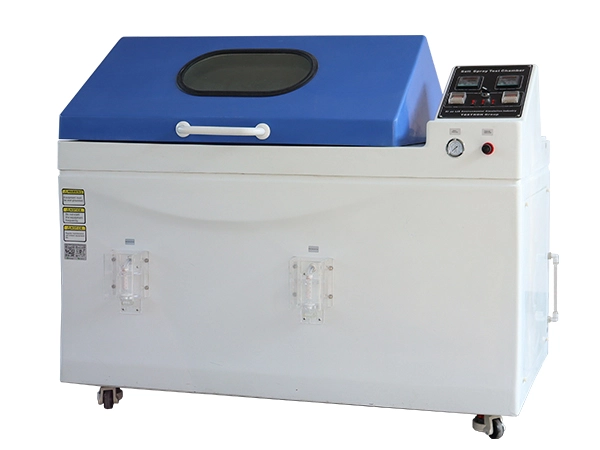
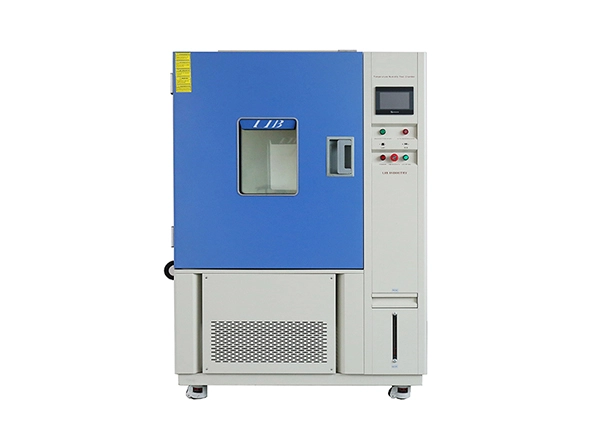
The IP rating refers to the degree of protection provided by an enclosure against the intrusion of foreign objects. The "XX" following "IP" represents two digits indicating the level of protection. The first "X" stands for dust protection, rated from 0 to 6; the second "X" indicates water protection, rated from 0 to 9. For example, IPX5 means no dust protection requirement, but the water resistance is rated at level 5.
In IP waterproof level testing, the higher the level, the greater the waterproofing requirements for the product's enclosure. Enclosures with high waterproof performance typically rely on sealed gaskets or sealants to protect against moisture.
For the waterproof testing between IPX5 and IPX9K, IPX5, IPX6, and IPX9/IPX9K use water spray (rain) testing equipment, while IPX7 and IPX8 use immersion testing equipment. Let’s review the testing methods and waterproof levels of these grades.
Test method: Water jet test
Test equipment: The nozzle diameter is 6.3mm
Test conditions: The distance from the test sample to the nozzle is 2.5m to 3m, with a water flow rate of (12.5 ± 0.625) L/min (750 L/h)
Test duration: Calculated based on the surface area of the sample enclosure, 1 minute per square meter (excluding installation area), with a minimum of 3 minutes
Applicable products: Commonly used for digital electronics, Bluetooth and sports earphones, speakers, outdoor lights, automotive lamps and signals, household appliances, gas meters, flashlights, and electronic components
Waterproof level: Protection against water jets
Test method: Strong water jet test
Test equipment: The nozzle diameter is 12.5mm
Test conditions: The same as above, with a water flow rate of (100 ± 5) L/min (6000 L/h), and water pressure adjusted according to the specified flow rate
Test duration: Calculated based on the surface area of the sample enclosure, 1 minute per square meter (excluding installation area), with a minimum of 3 minutes
Distance from nozzle: Approximately 2.5m to 3m from the surface of the tested device
Applicable products: Waterproof phone pouches, gas meters, outdoor LED lights, distribution boxes, automotive parts, power supply boxes, cameras, phones, household appliances, and various component products
Waterproof level: Protection against strong water jets, ensuring that electrical equipment continues to operate normally after being submerged for a certain time or under specific water pressure conditions
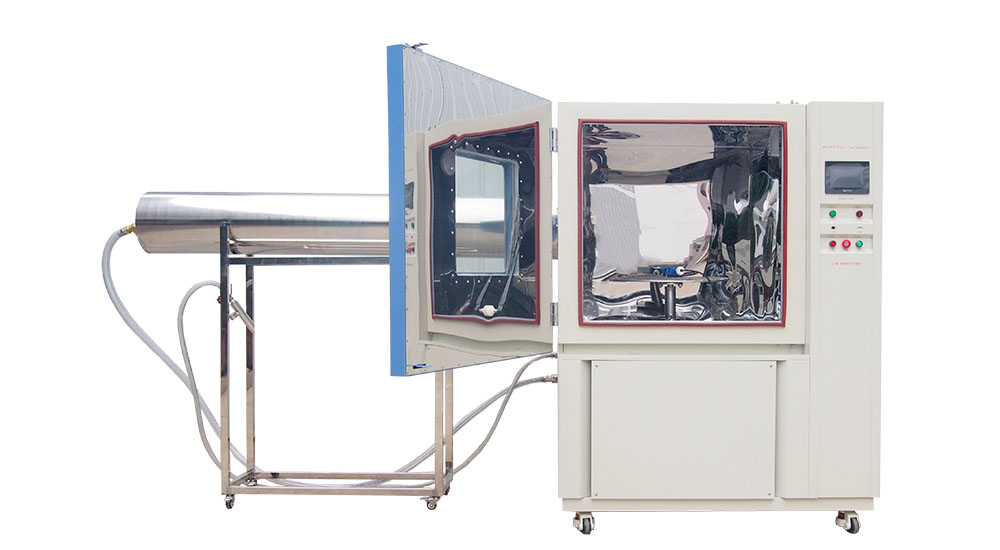
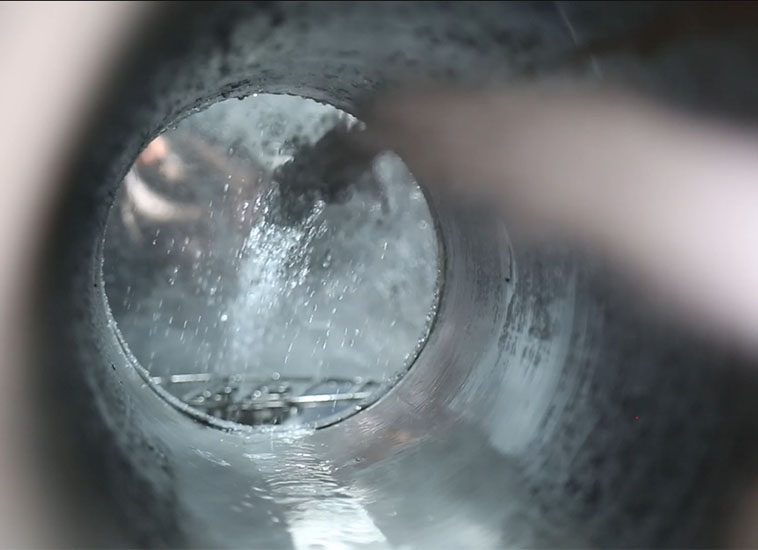
Test method: Short-term immersion test
Test equipment: Immersion tank
Test conditions: The lowest point of enclosures less than 850mm in height should be submerged 1000mm below the water surface. The highest point of enclosures 850mm or taller should be submerged 150mm below the water surface. The water temperature should not differ from the sample by more than 5K.
Test duration: 30 minutes
Applicable products: Bluetooth earphones, lamps, electrical cabinets, electrical components, automotive products, and electrical engineering products
Waterproof level: Protection against short-term water immersion, ensuring that electrical equipment continues to function normally under certain water pressure conditions when submerged indefinitely
Test method: Continuous immersion test
Test conditions: If there is no corresponding product standard, test conditions can be negotiated between the manufacturer and the user. The severity of the test should exceed that of IPX7 and consider the requirement for continuous immersion in actual usage conditions.
Applicable products: Phones (often labeled as IP68 for dust and water resistance), waterproof phone pouches, gas meters, water meters, sensors, fans, electronic and electrical products, lighting, electrical cabinets, automotive and motorcycle parts, and other components
Waterproof level: Protection against continuous immersion
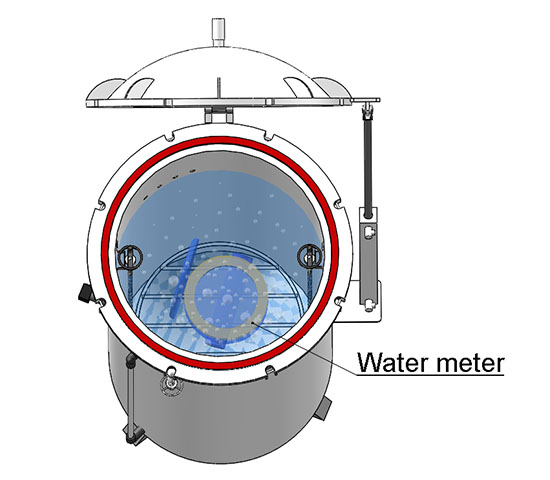
The test involves water jets being sprayed at the enclosure through a standardized test nozzle. This setup is used to measure the impact force of the water jet on the enclosure.
Test conditions: Water is sprayed at the enclosure from a standardized nozzle to measure the impact of the water jet.
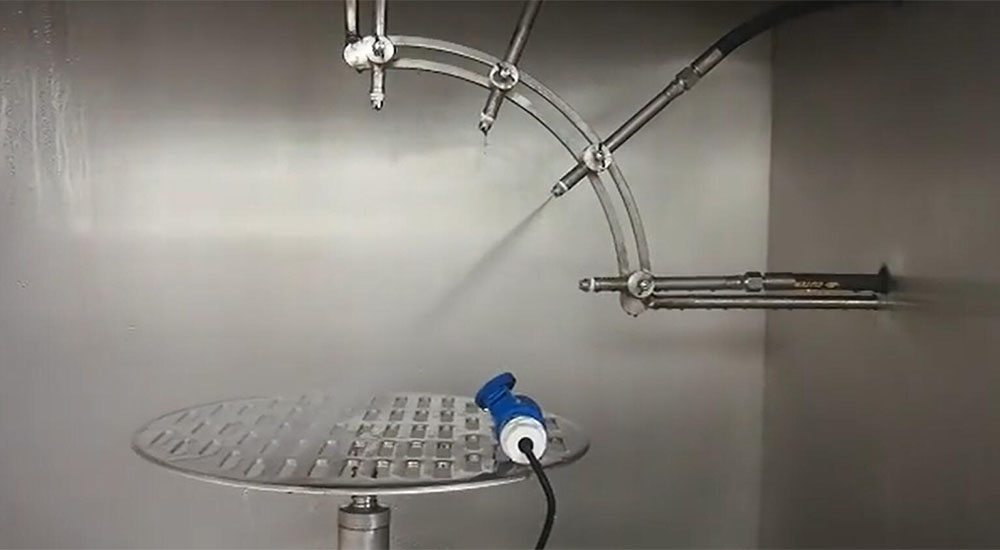
Spray angles: 0°, 30°, 60°, 90° (4 positions)。Number of spray holes: 4。Sample table speed: (5 ± 1) revolutions per minute。Distance from the sample: (175 ± 25) mm。Water flow rate: 14–16 L/min。Water pressure: 8000–10000 kPa。Water temperature: 80 ± 5°C
Test duration: 30 seconds at each position for a total of 120 seconds. The test duration is calculated as 1 minute per square meter of the enclosure, with a minimum of 3 minutes。
Applicable products: LED lights, automotive electronics, sensors, reverse cameras, motors, military components, optical communication electronics, and other parts
Waterproof level: Protection against the effects of high-temperature, high-pressure water jets
 English
English русский
русский français
français العربية
العربية Deutsch
Deutsch Español
Español
